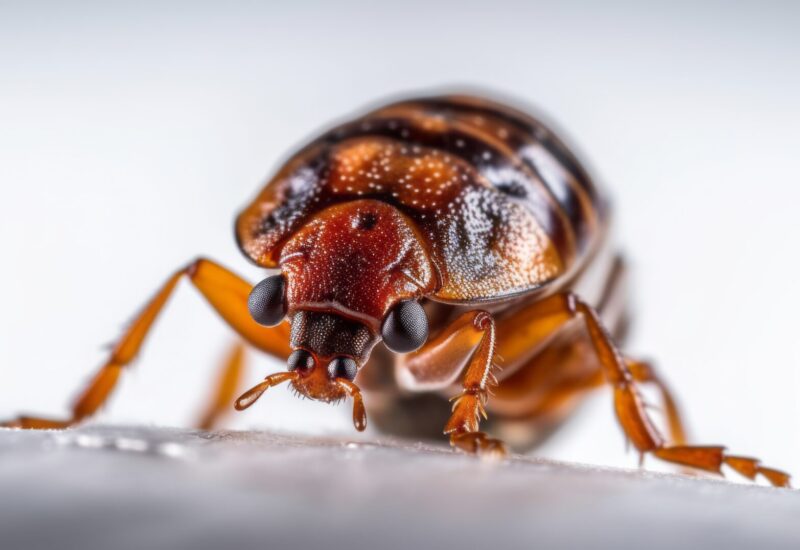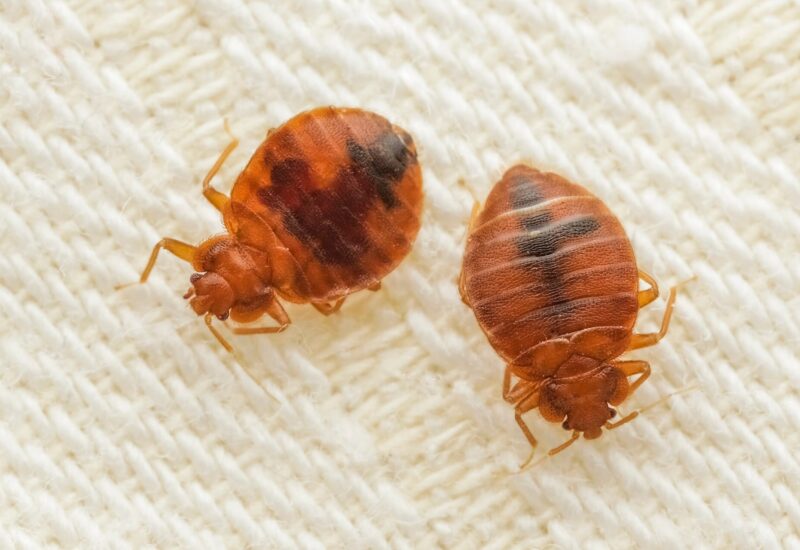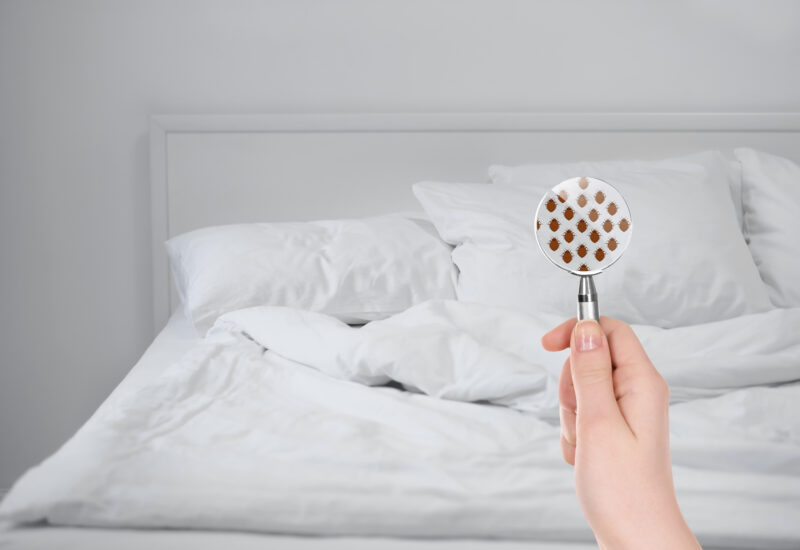How to Identify & Get Rid of Bed Bugs
“Good night, sleep tight; don’t let the bed bugs bite,” is a popular sing-song rhyme we may remember from our childhoods, but recently has taken on a whole new meaning.
As bed bug infestations have become an increasingly popular news topic in recent years, the formerly cute and funny jingle has become a real-life nightmare. From popular tourist cities like Chicago, Washington D.C., and New York City topping the list of metropolitan areas with the highest bed bug infestations, to upscale hotels being uncovered as bed bug hot spots, it’s the unknown that scares people the most. And it’s a lot easier to avoid an infestation when you know what causes bed bugs in the first place.
What Do Bed Bugs Look Like?
Adult bedbugs have small, flat, oval-shaped bodies. They have been compared to the size of an apple seed, or the eraser on a pencil. They appear a translucent brown in color but, turn red after feeding (that’s someone’s blood!) Newly hatched nymphs are roughly the size of a pinhead and are a white-tan color until they feed.
How Do You Get Bed Bugs?
Bed bugs are notorious hitchhikers, and they don’t need much to survive. Bed bugs attach themselves to clothing, hide in luggage, and can even use pets as a form of transportation. They have been found on second-hand furniture, inside moving boxes, in office buildings, clothing stores, and on public transit. Bed bugs can live up to 300 days and can lay one to five eggs per day. The good news: bed bugs are not known to transmit disease, and all infestations are treatable with the help of a professional.
How Do You Get Rid of Bed Bugs?
Unfortunately, there isn’t an easy way to eliminate a bed bug infestation without some seriously hard work. Of course, at Catseye, we recommend using trained professionals to put a stop to your bed bug problem quickly and permanently.
We prefer to use the Cryonite method to treat and eliminate bed bugs. The Cryonite method is when liquid carbon dioxide is converted into dry-ice snow that is at a constant temperature of 110 degrees below zero. Cryonite freezes bed bugs in their tracks while also eliminating their eggs. We use Cryonite instead of heat, fumigation, or other techniques because it is eco-friendly, can better reach the tiny cracks and crevices where bed bugs like to hide and can be used to target specific areas in your home.
Your mattresses, box springs, furniture, window and door frames, curtains and other areas where bed bugs could be hiding are treated with the Cryonite method for eliminating bed bug infestations. Any eggshells and shed skins will also be removed. We offer special mattress encasements to deter bed bugs from nesting in your mattress and box spring if you live in an area that is more susceptible to infestations, or just for personal peace of mind.
Watch the video below to see exactly what bed bugs look like with an up-close view of the creepy crawlies.






